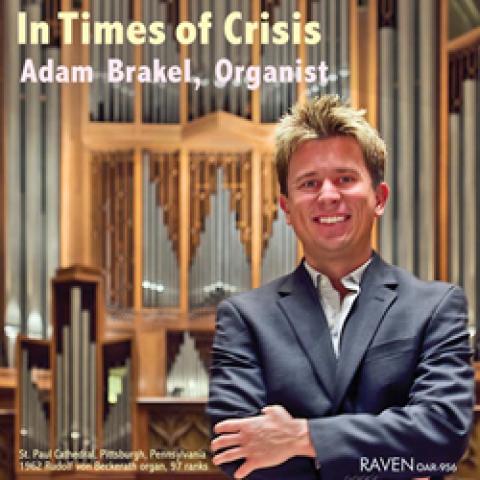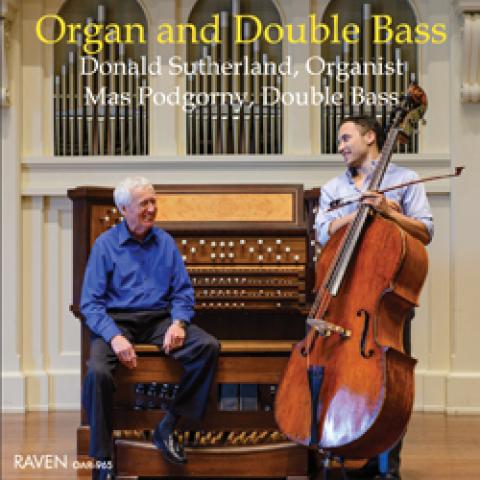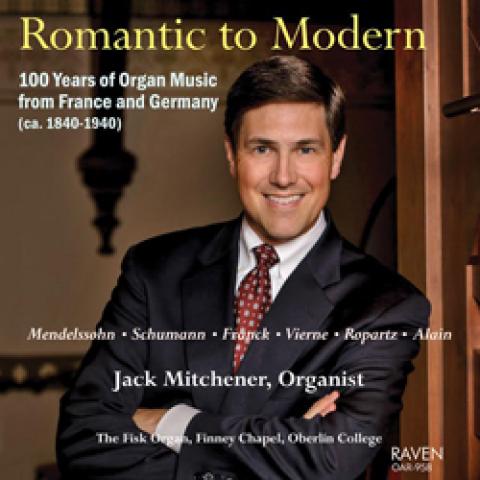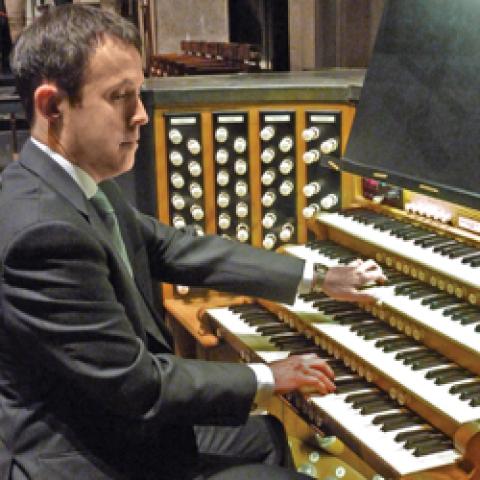
Raven Recordings announces the release of Exotic Variations (Raven OAR-935), the first CD recording by Phillip Kloeckner, on the 75-stop organ built at Rice University by the rare collaboration of the Fisk and Rosales firms.
Kloeckner serves on the music faculty and as associate university organist at the University of Chicago. As a graduate student and faculty member at Rice for many years, he observed the organ’s conception, design, construction, and voicing, and brings his perceptions and long experience of it in realizing the Vierne Organ Symphony No. 2, Samuel Scheidt’s seven-movement Variations on Wie schön leuchtet der Morgenstern, and the latest version of André Isoir’s Six variations sur un psaume huguenot, op. 1.
For the recording, Dr. Kloeckner consulted with the composer in France and uses Isoir’s latest interpretative considerations. Verses of the psalm are sung on the recording by Mark Whatley, baritone.
For information: contact Bill Van Pelt, bill@ravencd.com;
www.ravencd.com.






